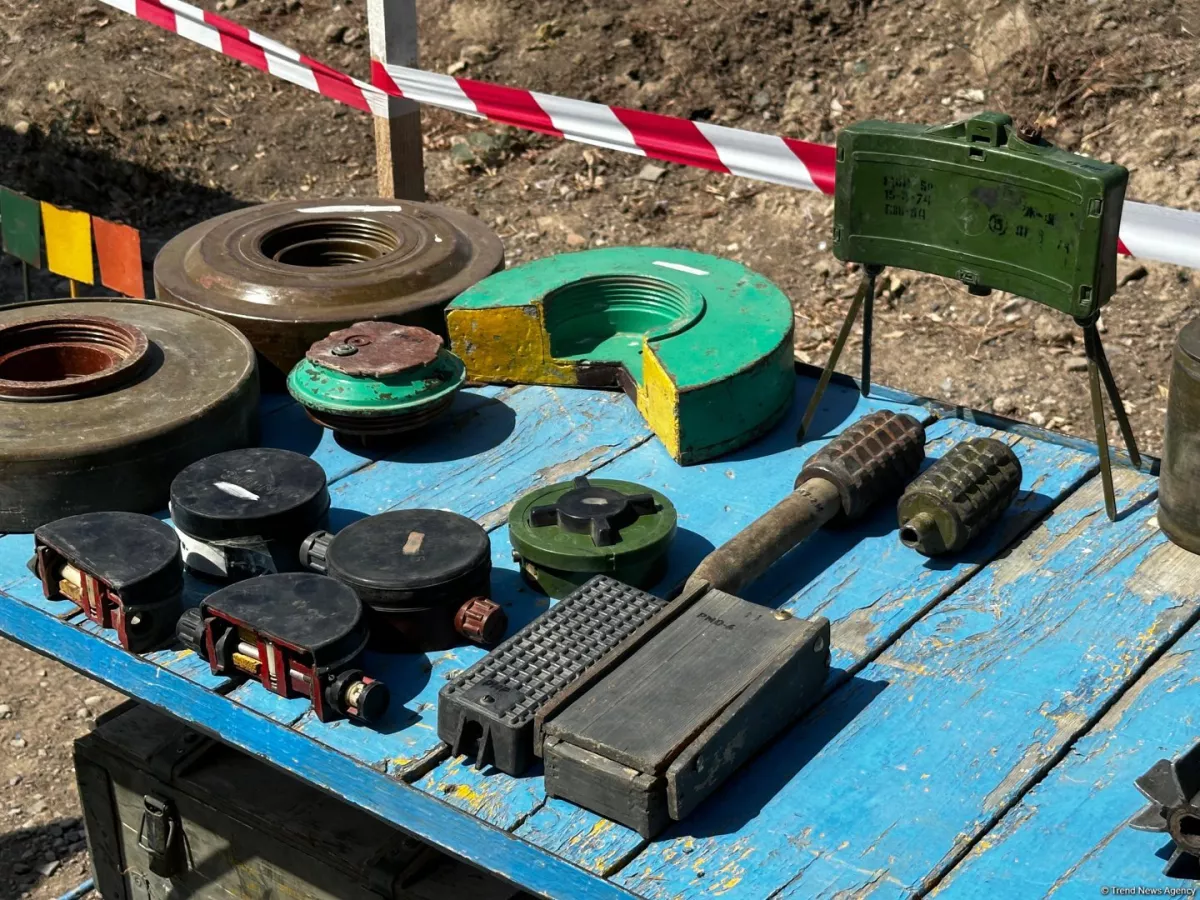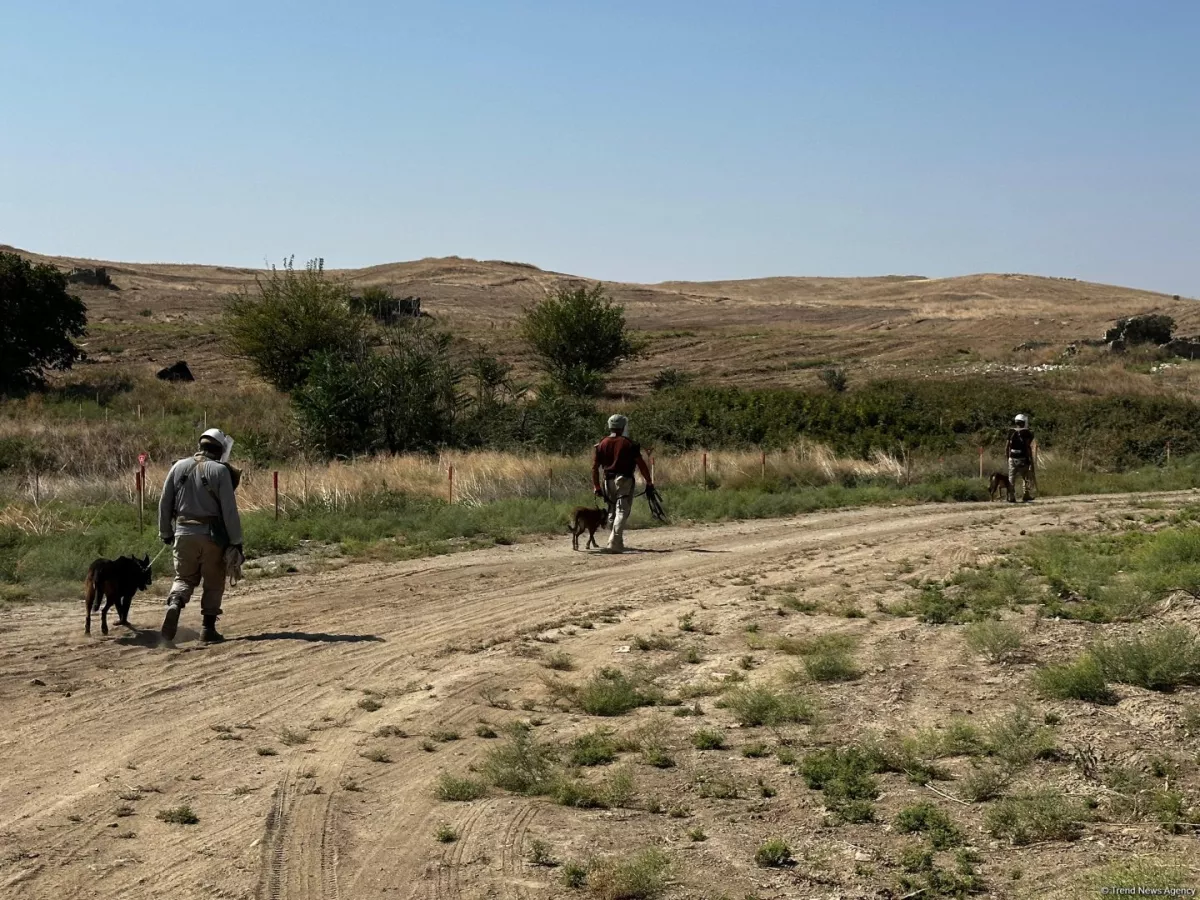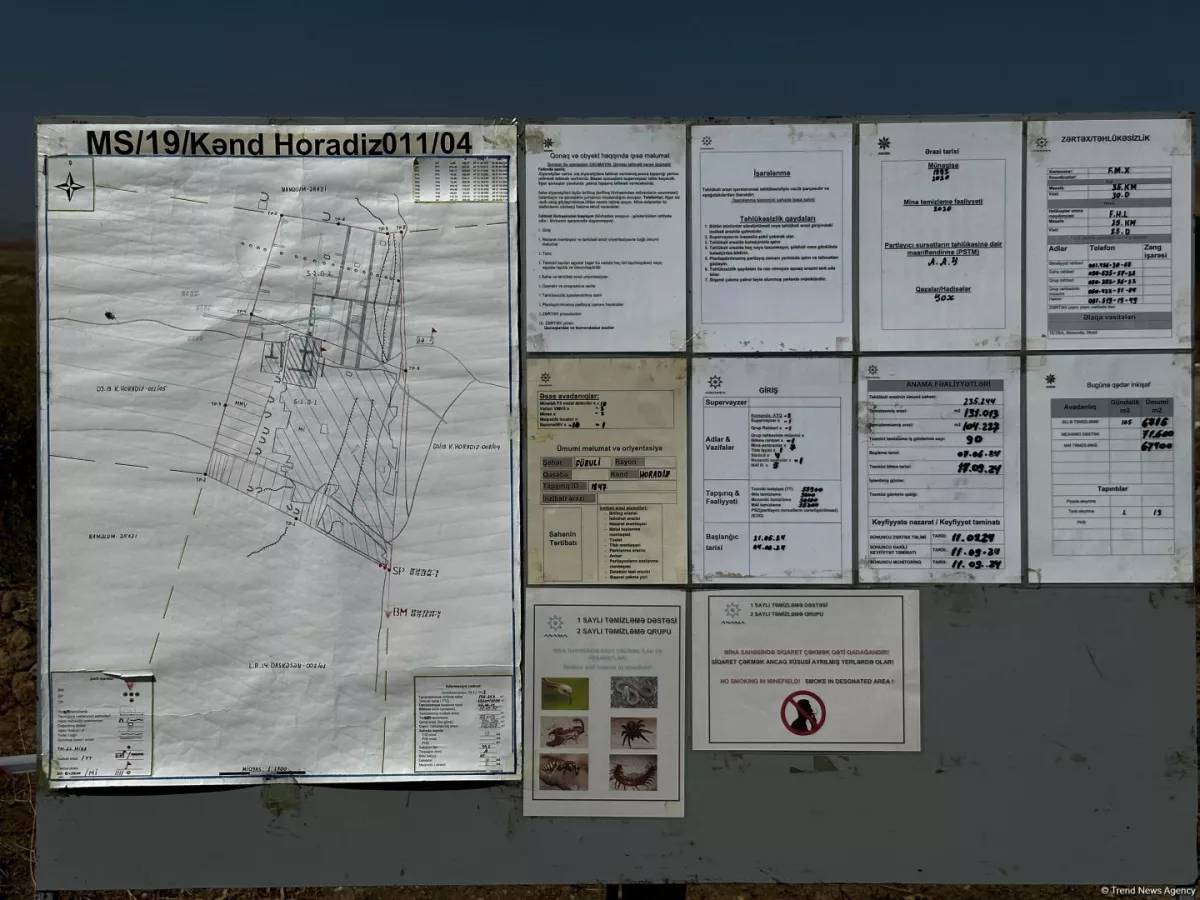Demining success: 80% of Fuzuli's Goradiz village freed from dangerous mines
In Goradiz village within the Fuzuli district freed from occupation, 80% of the area has now been cleared of mines and unexploded ordnance.
Demining efforts in the liberated territories are progressing through mechanical means, canine assistance, and manual clearing.
Habil Babayev, operational head of the Azerbaijan Mine Action Agency (ANAMA), provided an update to Caliber.Az, highlighting the challenges faced. “The liberated areas are heavily contaminated with mines, and we are dealing with minefields of mixed types. The lack of minefield maps makes the situation particularly hazardous as the density and layout of the mines are unknown. Many of the mines, especially those with wooden and plastic casings, have been affected by weather conditions over time, causing them to detonate without any external trigger,” Babayev explained.
Demining operations in Fuzuli began immediately after the region was liberated in 2020, focusing initially on areas required for infrastructure projects like railways, roads, and power lines.
Following Azerbaijan’s victory in the Second Karabakh War in November 2020, a comprehensive demining campaign was launched in the territories previously occupied by Armenia for nearly 30 years. However, these efforts have been hampered by Armenia’s failure to provide accurate minefield maps.
Azerbaijan has received minefield maps for the formerly occupied districts of Aghdam, Fuzuli, and Zangilan, revealing 189,000 anti-tank and anti-personnel mines. Additional maps were provided by Armenia in exchange for Armenian saboteurs detained after the war. Despite this, President Ilham Aliyev has criticized the accuracy of these maps, estimating their reliability at only 25 per cent.
According to ANAMA, the practical effectiveness of the maps provided is just 2 per cent. International experts predict that Azerbaijan may need nearly 30 years and $25 billion to fully address the demining challenges.











